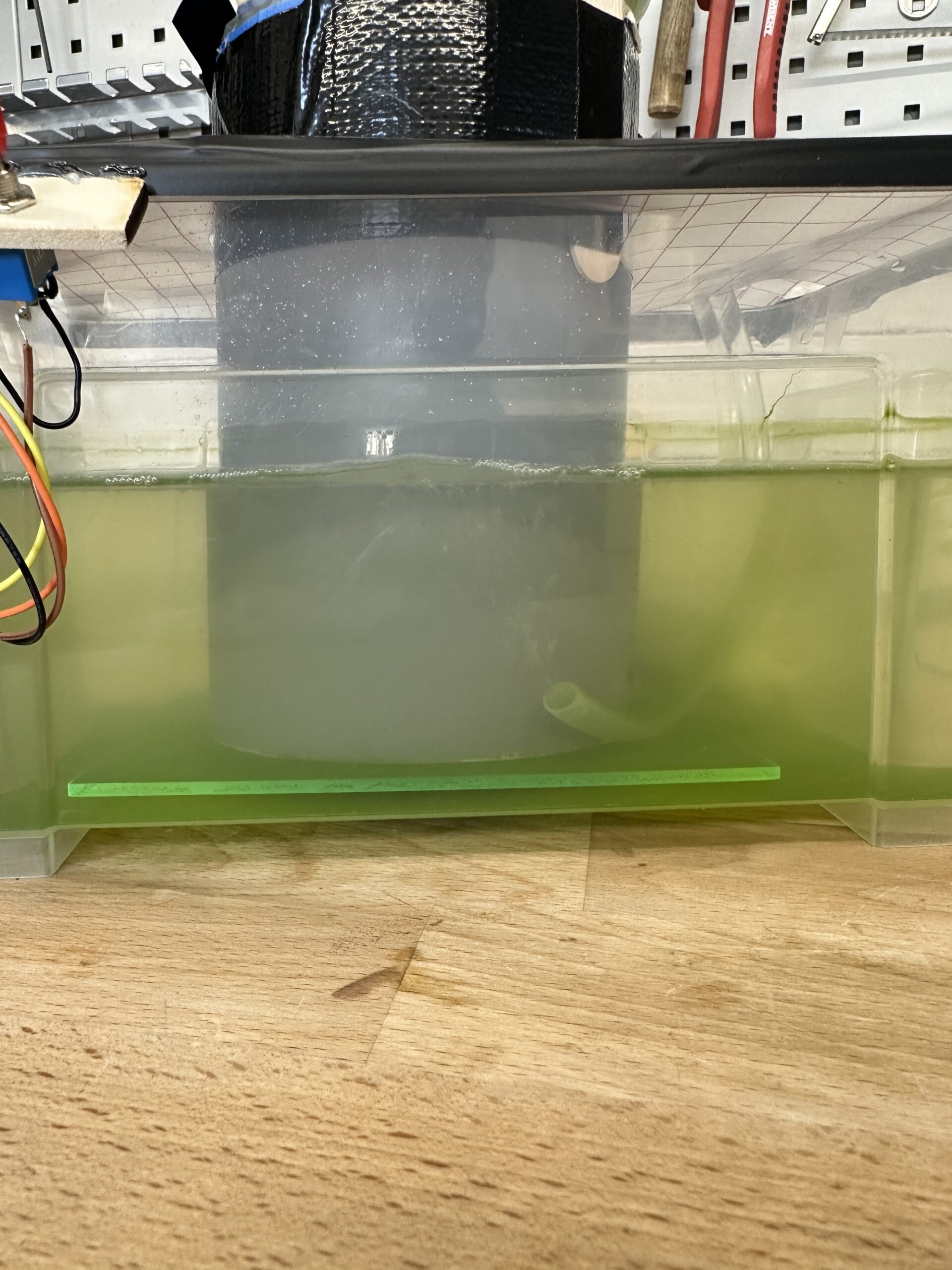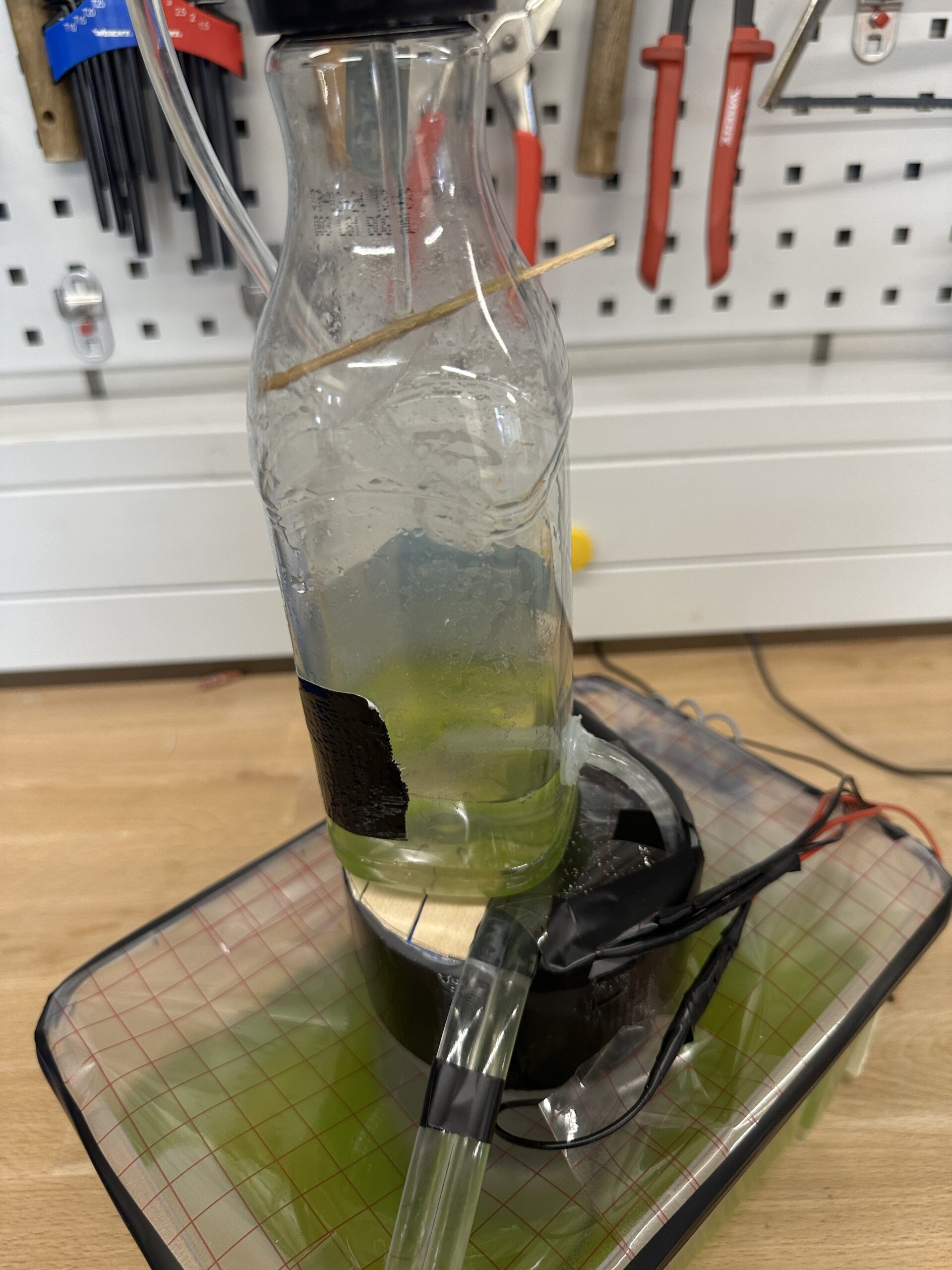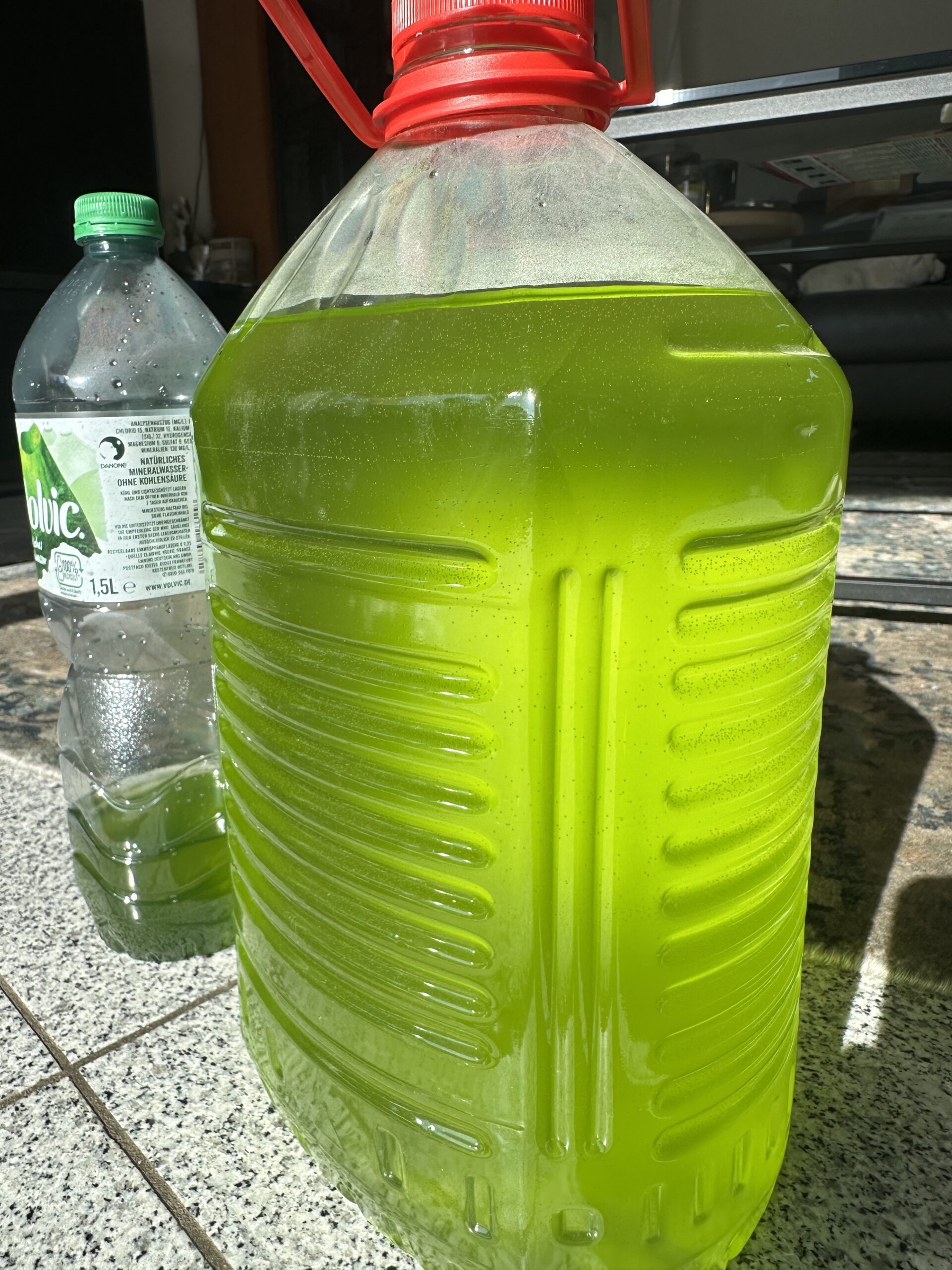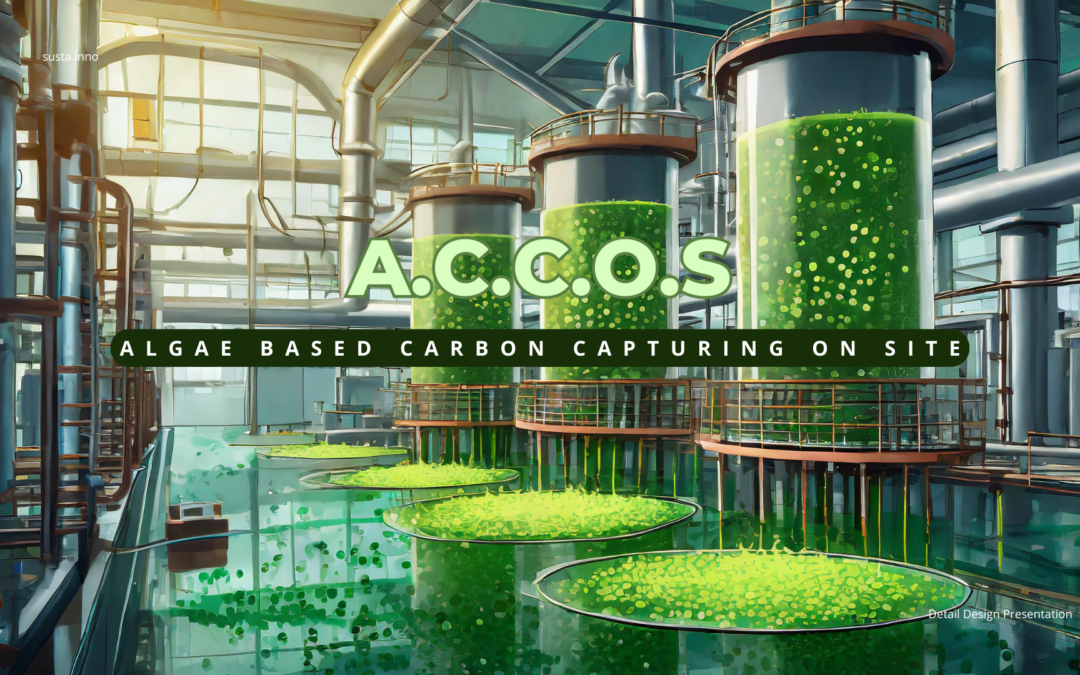Guess what time it is? That’s right, it’s finally time for another blog update and we hope you’re as excited as we are!
The last few weeks have been full of very interesting workshops and lots of prototyping sessions.
Let’s start by telling you a little bit about our workshops.
Our first workshop was with Carol and focused on Planet Centric Design. By focusing on the question “How can we make it attractive for companies to continue to capture CO2 even with reduced emissions?” we came up with the idea of offering A.C.C.O.S. as a modular system.
By offering our system in a modular way, we allow our customers to easily scale up or down the system as their needs change. This means more flexibility for our customers 🙂
Another workshop we had was with Adam, this time on Service Design. Through this session and by designing a Service Blueprint, we came up with the idea of offering A.C.C.O.S as a service instead of a single product.
This way we will be able to run the whole system for our customers on their production site. This means that our customers don’t have to employ their own service personnel, and we are always there if something needs to be fixed.
We also gain the advantage of being able to monitor the system, which means there is no cheating allowed when it comes to the true numbers of how much CO2 is actually being captured.
Let’s also talk a little bit about the new prototype we’ve built.
We wanted to explore a bit more about how we handle algae in our system, so we built a test setup consisting of three different chambers with pumps and hoses connecting them together.
Our idea was to have a “resting” tank where the algae could just float around and photosynthesize. From there, the algae would be pumped into an enrichment tank, where the water would (surprise, surprise) be somehow enriched with CO2.To achieve this, we had a third tank where the water would trickle down like in a rain shower, where the water droplets would fall through (supposedly) CO2 polluted air to capture said CO2 by binding it in the water.
You can see some pictures of our prototype here:



Through this prototype we learned a few things. For example, we realized that letting water drip through polluted air is far too inefficient in terms of getting the CO2 dissolved in the water. We need to find a better way to do that.
We also thought it would be much more energy efficient to not have to pump water up to a place to let it trickle down, and instead rely on pumping CO2 into the water. Stay tuned for our next prototype where we plan to address these things 🙂
Quote of the week:
“Viel hilft viel!” (eng. A lot helps a lot)
Highlight:
Our highlight of this period is definitely the accidental death of our algae.
We had ordered a sample bag of algae for our prototype and the little instruction sheet that came with it said to “feed” it by adding fertilizer. It also said “a lot helps a lot” so we just went with it. At first it looked great with lots of oxygen bubbles appearing on the inside walls of our container, but unfortunately after a few days the whole mixture got a bit cloudy with “flakes” collecting at the bottom and no more bubbles on the wall. We’re not 100% sure if we used the wrong type of fertilizer, since we used “normal” plant fertilizer instead of aquarium fertilizer, or if we used too much. Maybe it was also the fact that we kept them in a closed container that killed them, because we forgot that algae need to breathe. Even though this wasn’t the result we expected, we (and especially our colleagues at inno.space mannheim) had a great time. Below you can our Algea still alive and bubbeling aswell as a visual recreation of how we felt when it died.


Next Steps:
The next step will be to create a proper plan for our final prototype as well as coming up with a list of Materials, that we need for it! We also plan on making a 3D sketch on how we imagine the final prototype, prior to building it.
See you soon 🙂
SUSTA.INNO


Recent Comments